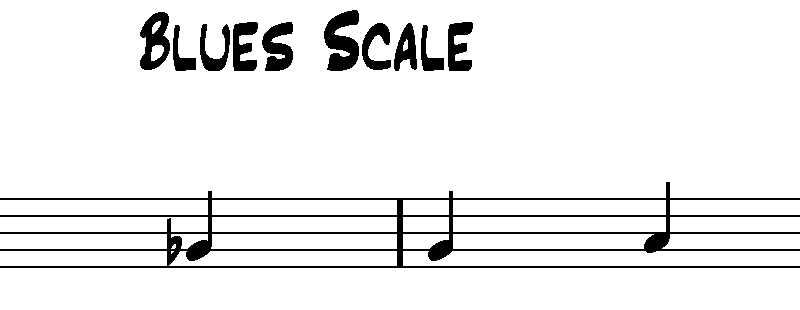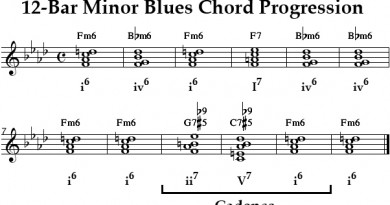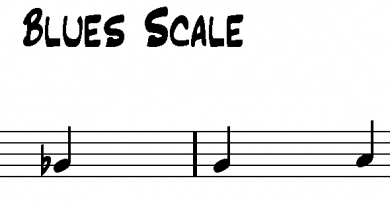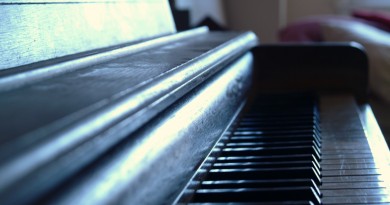Major blues charts
Rock and roll, jazz, boogie-boogie, many pop, dance or funky songs and other musical kinds derivate from this blues structure.
Improvise on these chords just using chordal notes (the first, the second, the fifth, the seventh of the chord) and pay attention in varying this beginning and the end of the phrases in a bar. Try to learn by heart the structure and always stress the upbeat in improvising, also by stamping the foot on the second or fourth beat (or on the so-called crotchet).
Pianists or keyboard players can improvise with right hand and with the left one play some bass lines as accompaniment (such as playing the fundamental, the fifth, the seventh, and the fifth one again of every chord).




How to study major and minor blues
I suggest learning by heart these structures chords as soon as possible, so that you can just concentrate then in the execution or improvisation. Many activities in playing have to become automatic so that you can just concentrate then in the execution or improvisation. Many activities in playing have to become automatic so that you can pay your attention more on creative and expressive sides.
Keeping time and knowing the chords of the blues or of other excerpts must be foregone that means it must be acquired in a deep way.
In improvisation, you do not have to think to which chord comes after, or if you are following the measures metric.
Begin learning by heart the chords of the most and easiest structures or turns: the ones having less sharps and flats afterwards if you want to deepen your technique, try all the keys.
However, managing a study according to your time is up to you.
Major blues feeling and mood
Blues is a style recalling gloom, depth and sometimes sadness and sufferance. It can also become sexy, such as in dance music, if it is supported with a fast rhythmic section.




